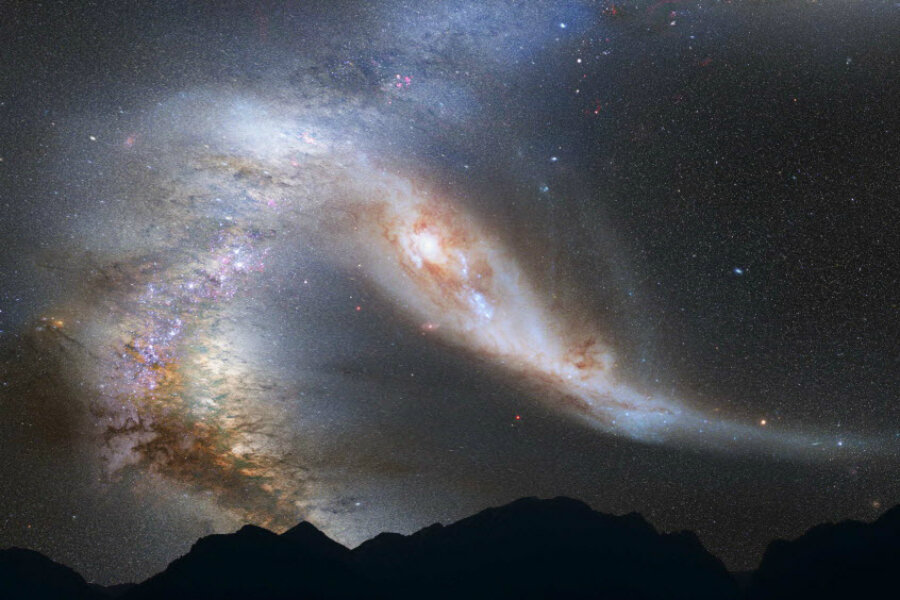How did life on Earth defy statistics and show up early?
Loading...
The Fermi Paradox, named for early 20th-century Italian physicist Enrico Fermi, grapples with the contradiction of the high likelihood for extraterrestrial life given how vast and diverse the universe it, and the lack of evidence that supports life beyond Earth’s boundaries. Or, in other words, “Where is everybody?”
Now, more than 50 years after Fermi's death, an international team of researchers may have an answer for his paradox.
Earth may have developed life prematurely and that as the universe continues to evolve, it will be much better suited to supporting life in the distant future than it is at present, according to a study by Avi Loeb a researcher at the Harvard-Smithsonian Center for Astrophysics and colleagues at the University of Oxford, published Monday in the Journal of Cosmology and Astroparticle Physics.
In the study, Professor Loeb and his fellow researchers combined theories and data on stars and their habitable zone planets to calculate the likelihood that they would be able to support life. The team focused primarily on red dwarf planets, which are likely to be able to host life because they orbit long-lived red dwarf stars, the most common type of star in the Milky Way, Professor Loeb explains to The Christian Science Monitor in a telephone interview.
"The general idea that many people subscribe to is that, since we exist next to a star like the Sun in a galaxy like the Milky Way, for life to exist you need these conditions," Loeb told Popular Science. "But in fact, low-mass stars are much more common than the Sun. The sun isn’t a typical star. Low-mass stars are very long-lived; they can live 1,000 times longer."
Loeb found that planets around stars the size of our sun, a yellow dwarf star, are likely to be developing around now, while lower mass planets such as those orbiting red dwarves will not be in the ideal life supporting stage of the stellar life cycle until some point in the distant future.
"The universe of the future will be a much better place for planets," Pratika Dayal, a researcher at the University of Groningen's Kapteyn Astronomical Institute in the Netherlands, who studies the evolution of early galaxies, told Smithsonian Magazine.
But that is under the assumption that life can develop next to a low mass star. It is possible that the area around low mass stars is too toxic and that life can only exist around stars like the sun, in which case we may not be as unique as the study would suggest.
"One feature of low mass stars that is well known is that when they are young they are very active and have flares, so it is possible that they evaporate the atmosphere of planets that are in the habitable zone around them," Loeb tells the Monitor.
Without an atmosphere a planet would not be able to retain water or any of the other molecules such as methane and oxygen that are required for life as we know it.
Of course there are studies that are looking for life that is totally unlike anything that could exist on Earth, but this study took a conservative approach and factored in only an Earthling's definition of life: liquid water on the surface of a rocky planet similar to Earth.
The next step will be to determine if Earth is in fact unique in its early development of life, or if low mass, red dwarf stars are not habitable, in which case Earth would likely be a typical case and the search for life would continue. Researchers are currently searching for proof of the molecules required for life, known as biosignatures, around low mass stars, which will give context to this most recent study.
"If we are special in the sense that we are early in the game and we are rare, it could explain the Fermi Paradox, the question of why have we not found extraterrestrial life," Loeb tells the Monitor. "Starting from the early history of humans, humans prefer to believe that we are special and that we were the center of the universe.... We are clearly not the center of the physical universe but people still prefer to believe that we are the center of the biological universe. This paper touches on this issue of whether we are special or not and that really depends on whether life is possible around low-mass stars."








